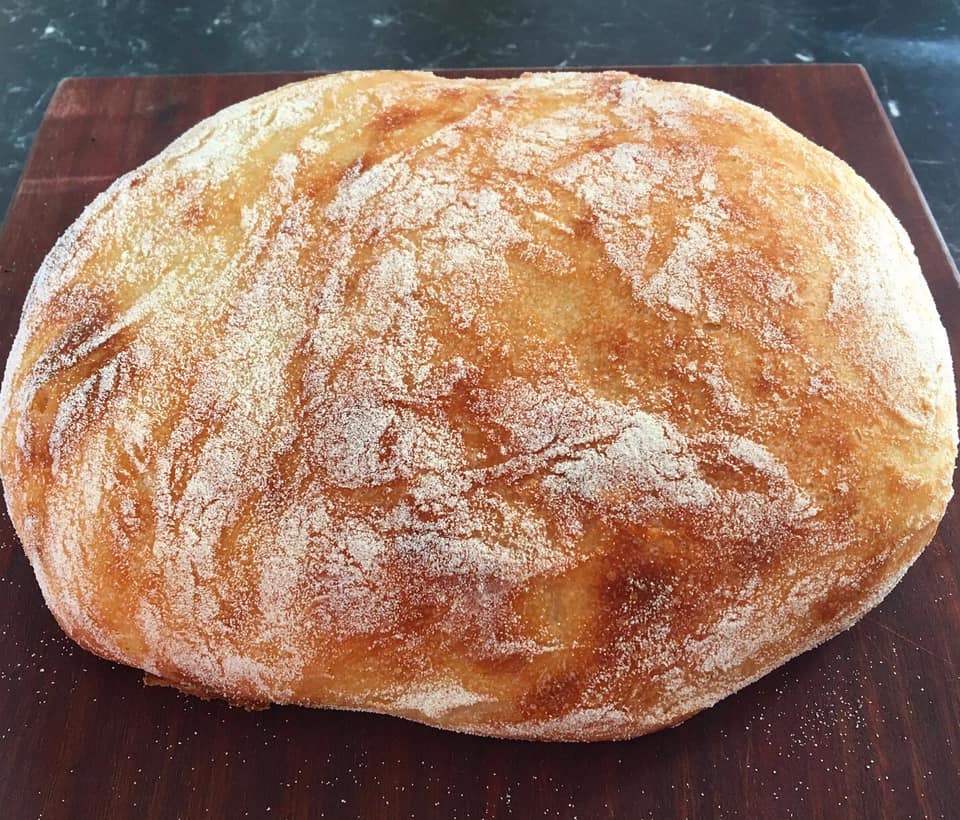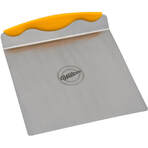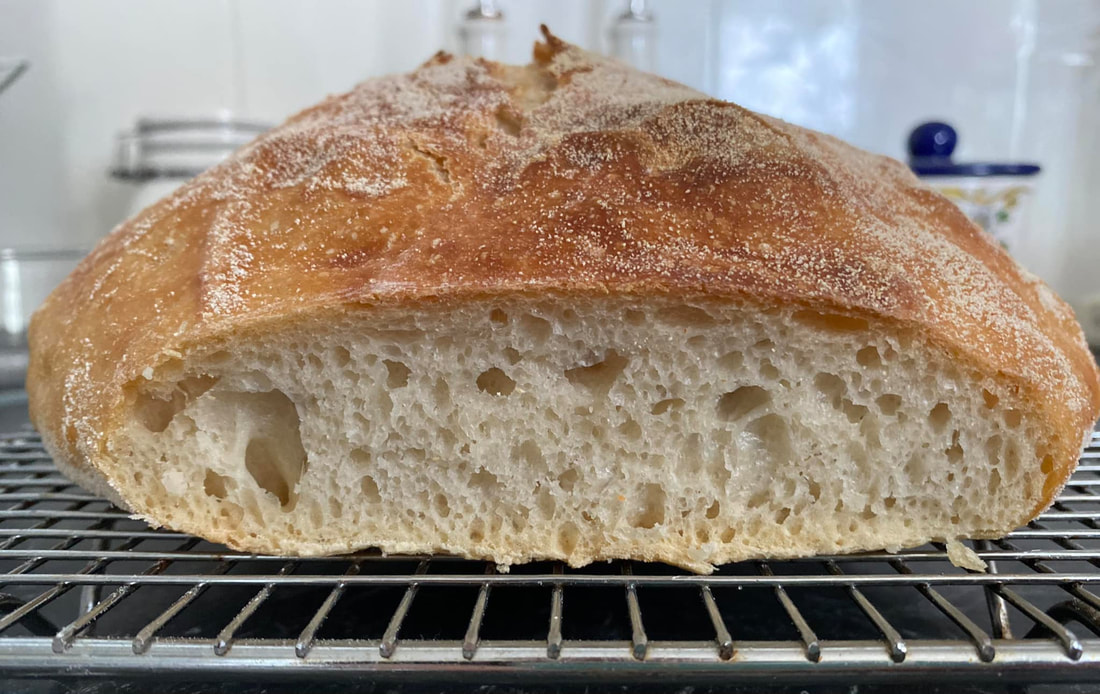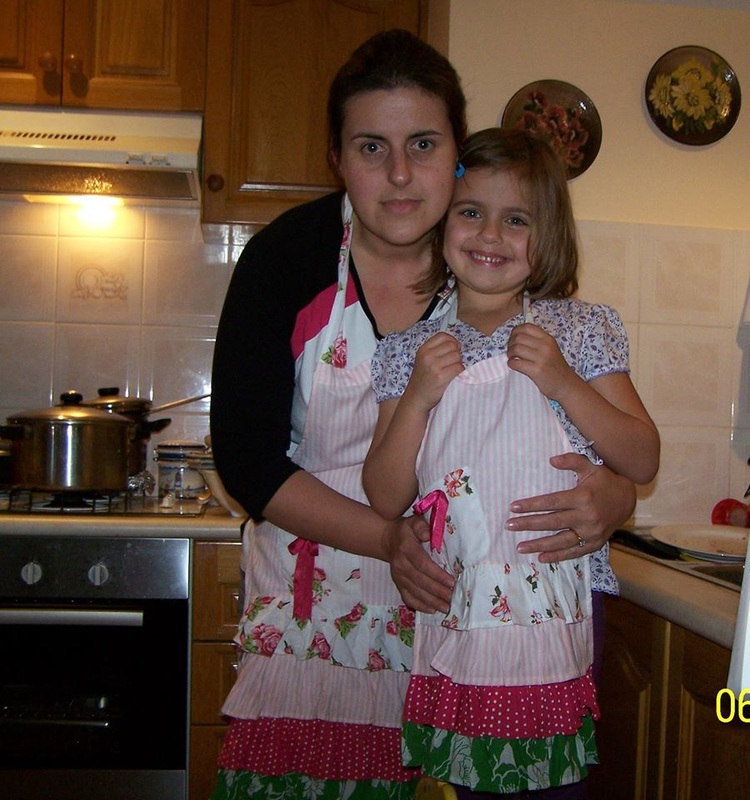In Italy this bread used to go by the name of Pane Cafone, or rough bread.
Because of the long proving required, I would suggest you make the mixture at night before you go to bed and bake the next day. You will need a cast iron pot or dutch oven for this recipe, but in all honesty you should buy one anyway, they are so good, I use mine all the time. Just wait for it to go on sale.
You may need to adjust cooking times to suit your oven, I for instance bake mine for 15 minutes after I take the lid off, where the recipe specified 10-15 minutes.
I use bread flour, but you can use plain flour.
When talking scant teaspoons, 1 scant teaspoon means not quite a whole teaspoon but a little less. In cooking, scant refers to an amount that just barely reaching or not packed.
When moving the dough to the pot, I use a cake lifter, like the one pictured. I love it. It makes it so much easier. If you don't have one, just use a knife to loosen any stuck bits, if any and gently transfer the dough into the pot.
So with little or no effort, here is a bread recipe my family loves, hope yours does to.
Recipe
Makes 1 loaf
450g plain or bread flour
350ml water, at room temperature
1/2 scant teaspoon dry yeast
2 teaspoons of salt
Fine semolina, for dusting
In a bowl mix the flour, water and yeast together with a wooden spoon until combined.
Add salt and mix again. Now using one hand in four to five kneads, mix your dough, to combine the ingredients. I know I say no knead, but four or five turns of the dough doesn't count in my opinion as kneading. Your mixture will look and feel quite sticky. Cover the bowl with plastic wrap and let it prove for 10-14 hours, or until it’s grown three times bigger and looks bubbly.
Now it's time to shape your loaf. The dough will be sticky, I like to use damp hands here. Place the bowl in front of you, think of the bowl like a clock, now using both hands lift the dough at the 12 o'clock position and pull it over 2/3 of the way down towards the 6 o'clock position. Now dampen hands with water and lift the dough from the 6 o'clock position and pull it over the dough you just pulled down towards the 12 o'clock position. Now rotate the bowl so that what was the 9 o'clock position becomes the 12 o'clock position. Repeat the pulling and folding (using damp hands) process again. The dough should now have tightened into a more ball like shape.
Cut out a piece of baking paper, longer than your ball width, by about 12-14cm, you need the extra length to use as handles to pick up the dough when you need to put it in your hot pot. Dust the centre of the baking paper with fine semolina or flour.
Now flip the dough gently out of the bowl onto the centre of your baking paper. The smooth side of the dough should now be on top. Now I use damp hands again, you can use floured hands, reshape the dough, if needed, into a roundish shape. Don't stress if not perfect. Dust the top of the dough generously with semolina flour. Let it rest for 1 and 1/2 hours, covered loosely in a tea towel.
Turn the oven to 220C/200C fan forced. Put in a cast iron pot or a Dutch oven, with the lid, to heat up for about 40 minutes.
Use the baking paper, place dough into pre-heated pot, cover with the lid and bake for 25 minutes.
Take the lid off and bake for another 25 minutes or until it looks crusty and browned.
Take the pot out of the oven and let the bread come to room temperature before you slice it, about 30 minutes.
Enjoy!
Pin it: www.pinterest.com.au/pin/399413060705891653




 RSS Feed
RSS Feed